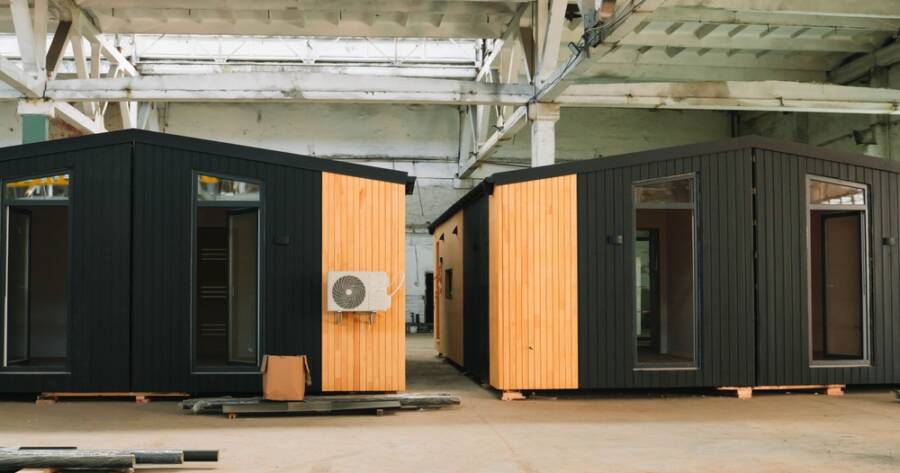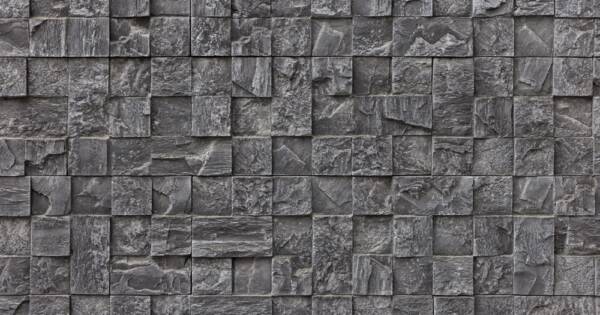Finding affordable housing is a growing challenge. High construction costs, long building timelines, and limited housing options make it hard for people to find homes that meet their needs. Prefabricated houses on demand are changing the game by offering a solution that combines speed, cost savings, and sustainability. As the demand for housing increases, this innovative approach is becoming a key part of the solution.
1. Cost Savings
One of the primary advantages of prefabricated houses is their affordability. Traditional home construction can be expensive due to labor costs, raw materials, and unexpected delays during the building process. Prefabricated homes are produced in controlled environments, reducing waste and ensuring that materials are used efficiently. Because they are manufactured in bulk and constructed using standardized parts, the overall cost of building a prefab home is significantly lower than that of a conventional house.
Furthermore, labor costs are minimized because the bulk of the construction is done off-site in a factory setting. Once the modules are ready, assembly on-site takes much less time compared to traditional construction, reducing overall labor costs. In many cases, prefab homes can be built in a fraction of the time, further contributing to cost savings for homeowners and developers alike.
2. Speed of Construction
Traditional homebuilding often takes months or even years, depending on the size and complexity of the project. Prefabricated homes, on the other hand, can be assembled in a matter of weeks. This rapid construction timeline is particularly beneficial in addressing the housing crisis, as it allows developers to build large numbers of homes in a relatively short period. For homeowners, this means that they can move into their new homes much sooner than they would with traditional construction.
The quick turnaround time is particularly valuable in urban areas where demand for housing is high, and the availability of land is limited. Prefabricated homes can be rapidly deployed in these areas, helping to meet the urgent demand for affordable housing.
3. Sustainability
Sustainability is an increasingly important factor in the housing market, and prefabricated homes are offering eco-friendly alternatives to traditional construction. Because these homes are built in factories, the manufacturing process is more efficient, with less material waste. Additionally, the controlled environment allows for better quality control, which can result in fewer defects and the need for repairs down the road.
Prefab homes can also be built with sustainable materials, such as recycled steel, reclaimed wood, and energy-efficient insulation. Many manufacturers are also incorporating energy-efficient features, like solar panels, energy-efficient windows, and green roofs, which can further reduce the home’s carbon footprint. This aligns with the growing push toward more sustainable living and the need to reduce the environmental impact of new construction.
4. Customization and Design Flexibility
One common misconception about prefab homes is that they are limited in design options. However, modern prefabricated houses are highly customizable, with a variety of floor plans, designs, and finishes to choose from. This flexibility allows homeowners to create a space that meets their specific needs and preferences, whether they are looking for a compact studio apartment or a larger family home.
Many companies that specialize in prefab homes offer a wide range of options, from minimalist designs to more traditional styles, ensuring that there is something for every taste. The ability to personalize the design of a prefab home while maintaining affordability makes it an attractive option for a wide range of buyers.
5. Addressing Housing Shortages
The demand for affordable housing has skyrocketed in many parts of the world, and the gap between supply and demand continues to widen. Traditional construction methods are often too slow and expensive to meet the rising demand, but prefabricated homes can help bridge this gap. By providing a quicker, more cost-effective way to build homes, prefab houses have the potential to ease housing shortages, particularly in areas where affordable housing is urgently needed.
Additionally, because prefab homes can be assembled on-site quickly, they are ideal for deployment in urban infill projects, where space is limited. These homes can also be used in disaster relief efforts, providing temporary housing in the aftermath of natural disasters or crises.
6. Reduced Environmental Impact
Prefab homes are not only energy-efficient but also have a smaller environmental footprint when compared to traditional homes. The manufacturing process is more energy-efficient, and because the construction occurs in a factory setting, there’s less disruption to the surrounding environment. Prefabricated homes can be designed to meet high standards of environmental sustainability, making them a compelling choice for environmentally-conscious buyers.
Prefabricated Homes – The Future of Affordable, Sustainable Housing
As the demand for affordable housing continues to grow, prefabricated houses are proving to be a game-changer in the housing industry. With their cost savings, faster construction timelines, and sustainability, these homes offer a practical and innovative solution to one of society’s most pressing issues. Prefabricated homes not only provide affordable housing but also offer flexibility and customization options that appeal to a wide range of buyers. As technology continues to advance and the demand for affordable housing increases, prefabricated homes are poised to play an even larger role in shaping the future of the housing market.




